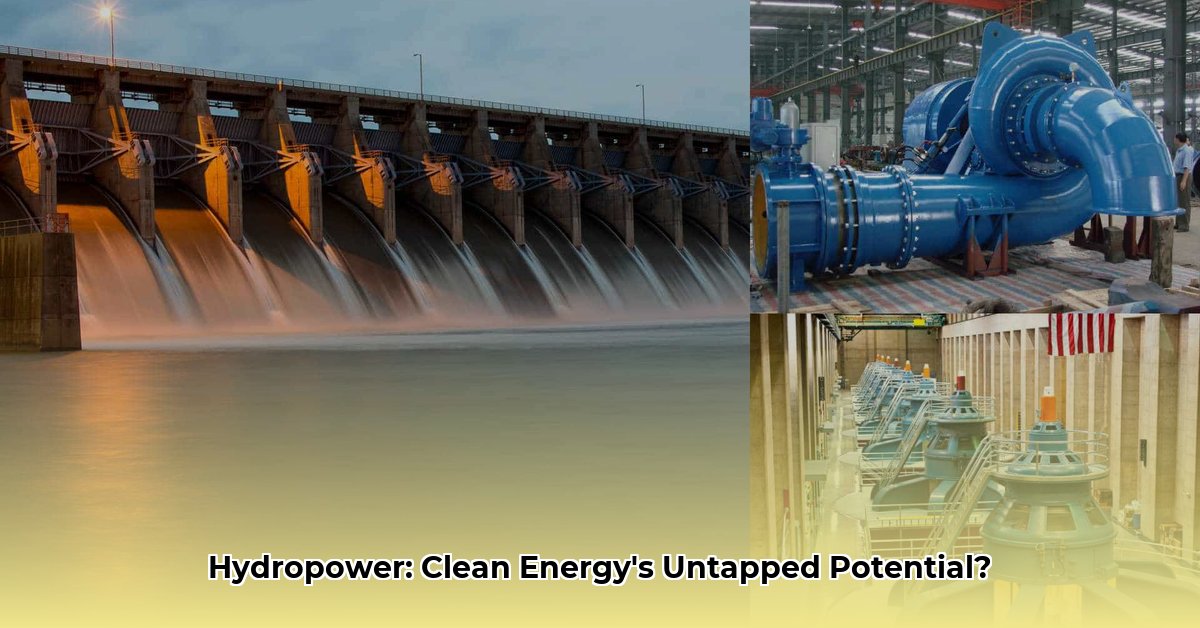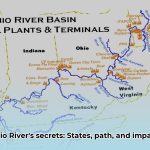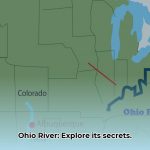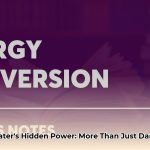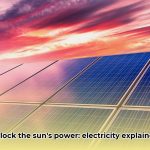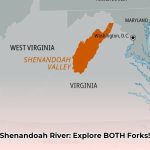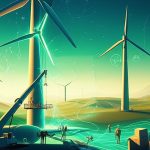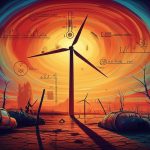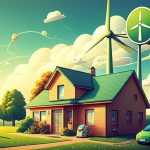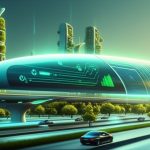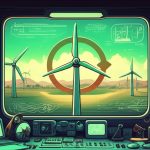The Flow of Power: How Hydroelectricity Works
Have you ever wondered how the energy of a rushing river transforms into the electricity that powers our homes? Hydropower, harnessing the natural force of water, might seem complex, but it’s based on surprisingly simple principles. While dams often come to mind, hydropower encompasses a diverse range of systems, each with its own approach to capturing water’s energy. Let’s dive into the fascinating world of hydropower, exploring how it works, its various forms, and its role in a sustainable energy future.
Addressing a common misconception upfront: While dams do raise environmental concerns, advancements in sustainable hydropower are actively working to minimize these impacts and find a balance between clean energy generation and ecological preservation.
From River to Electricity: The Hydropower Process
Hydropower leverages the potential and kinetic energy of water. Think of a reservoir behind a dam: the stored water represents potential energy, like a coiled spring. When released, this water transforms its potential energy into kinetic energy—the energy of motion. This conversion is the heart of hydropower generation.
Here’s a step-by-step breakdown:
-
Water Collection: Water accumulates in a reservoir, either naturally or behind a dam. This stored water holds potential energy.
-
Controlled Release: The water is released through controlled intakes, beginning its journey down a penstock.
-
Penstock Power: The penstock, a large pipe, channels the water downwards, increasing its kinetic energy as it flows.
-
Turbine Turning: At the base of the penstock, the rushing water strikes the blades of a turbine, causing it to rotate rapidly.
-
Generating Electricity: The turbine’s rotation drives a generator, which converts the mechanical energy into electricity.
-
Transmission and Distribution: Transformers increase the voltage of the electricity, allowing for efficient transmission across power lines to homes and businesses.
-
Outflow: After powering the turbine, the water flows back into the river or a downstream reservoir, completing the cycle.
Diverse Approaches: Types of Hydroelectric Systems
Hydropower comes in various forms, each tailored to specific environments and energy needs:
| Type | Description | Advantages | Drawbacks |
|---|---|---|---|
| Impoundment (Conventional) | A dam creates a large reservoir, storing water and allowing controlled release to generate electricity. | Reliable power generation, large-scale energy production, potential flood control, water storage. | Significant environmental impact, potential displacement of communities, high upfront costs |
| Run-of-River | Diverts a portion of a river’s flow through a channel or penstock to generate electricity without a large reservoir. | Lower environmental impact, less disruptive to river ecosystems, lower construction costs. | Power output fluctuates with river flow, generally lower energy production |
| Pumped Storage | Pumps water uphill to a reservoir during low demand, releasing it downhill during peak demand to generate power. | Acts like a giant battery, storing and releasing energy as needed, grid stabilization. | Requires specific geographical features, high initial construction costs, energy used for pumping. |
Weighing the Scales: Advantages and Disadvantages of Hydropower
Hydropower presents both opportunities and challenges:
Advantages:
- Renewable and Sustainable: Hydropower utilizes the water cycle, a naturally replenishing resource.
- Reliable and Consistent (Impoundment): Dams offer a stable and predictable electricity supply.
- Clean Energy Generation: No greenhouse gases are emitted during hydropower generation itself.
- Grid Stability: Hydropower plants can quickly adjust output to meet varying demands.
- Multi-Purpose Benefits: Reservoirs can provide flood control, water storage for irrigation, and recreational opportunities.
Disadvantages:
- Environmental Impact: Dams can alter river ecosystems, affect fish migration, and change water quality. Reservoir creation can also flood land and potentially displace communities. Methane emissions from reservoirs are a concern, although these vary significantly.
- Geographic Limitations: Suitable locations for large-scale hydropower are limited, requiring specific terrain.
- High Upfront Costs: Dam construction and power plant development involve substantial initial investment.
- Climate Change Vulnerability: Droughts and changing precipitation patterns can impact hydropower output.
The Future of Hydro: Innovation and Sustainability
The future of hydropower likely involves finding a balance between its benefits and environmental impacts. Research and development are ongoing in areas such as:
- Fish-Friendly Turbines: Designs that minimize harm to fish passing through turbines.
- Sediment Management: Strategies to address sediment buildup behind dams, improving downstream water quality.
- Small-Scale Hydropower (Micro-hydro): Localized power generation with reduced environmental impact.
- Hybrid Systems: Integrating hydropower with other renewables, like solar and wind, for a more resilient energy mix.
- Environmental Mitigation: Ongoing research focuses on mitigating the ecological impacts of dams and improving reservoir management.
Conclusion: A Powerful Force for a Sustainable Future
Hydropower, with its long history and evolving technology, will probably continue to be a vital component of the global energy landscape. By embracing innovation and prioritizing sustainability, we can harness the power of water responsibly, minimizing environmental impacts while maximizing the benefits of clean energy.
While the future of hydropower holds both promise and uncertainty, ongoing research suggests a growing focus on integrating ecological considerations with energy production. This nuanced approach holds the potential to unlock hydropower’s full potential as a clean and sustainable energy source.
- Wind Turbine Installation: Building the Future of Energy - November 7, 2025
- Stunning Wind Turbine Images for Your Next Project - November 5, 2025
- Wind Turbine Generator Kit For Home: Is One Right For You? - November 2, 2025
